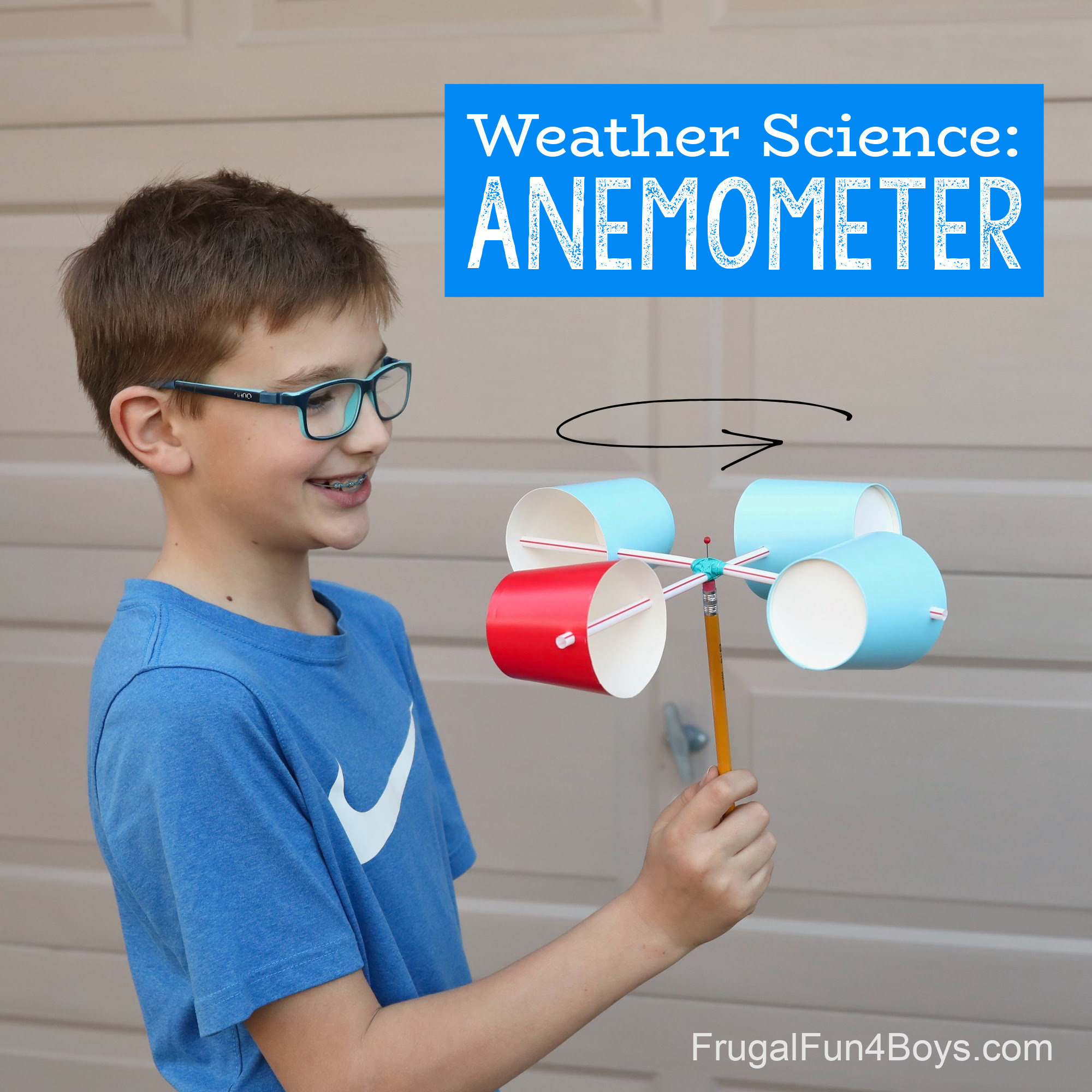Anemometer Innovations: The Latest Technology for Wind Speed Measurement
Wiki Article
Checking Out the Features and Advantages of Anemometers for Weather Condition Lovers and Experts
From mug anemometers to sonic anemometers, each type brings its unique collection of advantages and applications, dropping light on various facets of atmospheric conditions. As we dig into the features and benefits of anemometers, a much deeper understanding emerges not only of dominating weather condition sensations however also of the more comprehensive ramifications for fields like wind energy production and ecological research.Relevance of Anemometers in Weather Condition Monitoring
Anemometers play a crucial function in weather condition monitoring by offering precise dimensions of wind speed, helping in projecting and understanding climate patterns. These instruments, ranging from traditional cup anemometers to contemporary ultrasonic anemometers, are necessary for meteorologists, scientists, and weather lovers alike.
Sorts Of Anemometers and Their Applications
The most usual types of anemometers consist of mug anemometers, vane anemometers, hot-wire anemometers, and ultrasonic anemometers. Cup anemometers consist of three or 4 mugs mounted on horizontal arms that revolve with the wind, determining its speed. Vane anemometers, on the various other hand, utilize an openly revolving vane to line up with the wind instructions, offering both wind rate and direction dimensions.Each type of anemometer has its one-of-a-kind advantages and applications. Mug anemometers are suitable and durable for basic weather condition surveillance, while vane anemometers are favored for directional dimensions. Hot-wire anemometers are sensitive to reduced air velocities, making them perfect for interior atmospheres. Ultrasonic anemometers are non-intrusive and offer high precision, typically made use of in research and specialized weather condition monitoring applications. Comprehending the features and applications of each type of anemometer is vital for selecting the most ideal instrument for particular climate keeping an eye on demands.
Benefits of Making Use Of Anemometers in Projecting
In weather forecasting, the utilization of anemometers offers important advantages for enhancing the precision of climate projecting. Anemometers determine wind speed and direction, providing crucial information for forecasting climate patterns. By integrating wind data into forecasting versions, meteorologists can much better recognize the motion of weather condition systems, anticipate adjustments in weather, and issue more specific projections.
Furthermore, anemometers play an important duty in analyzing possible weather dangers. Keeping an eye on wind speeds navigate to these guys assists forecasters predict extreme weather condition occasions such as typhoons, twisters, and winter storms with higher accuracy. This early warning system enables authorities to issue timely alerts and execute necessary safety measures, lowering the threats to life and residential property.
Additionally, anemometers aid in maximizing renewable resource manufacturing. By assessing wind patterns, meteorologists can determine ideal places for wind farms and predict energy result, contributing to the efficient generation of wind power.

Anemometers in Wind Power Manufacturing
Provided the critical function anemometers play in supplying accurate wind information for weather condition forecasting and threat evaluation, their relevance reaches the realm of wind energy production. Anemometers are vital tools in the field of wind power, where the dimension of wind rate and instructions is crucial for establishing the feasibility and effectiveness of wind turbine installments. By properly gauging wind rates at differing elevations, anemometers help optimize the placement and design of wind turbines to take full advantage of power output.In wind farms, anemometers are tactically positioned to accumulate real-time wind information that is used to assess the prospective power manufacturing of a website. This information is important in figuring out the financial look at this web-site feasibility of wind power tasks and in projecting power generation to make certain grid security. Furthermore, anemometers help in keeping track of wind conditions to maximize turbine performance, prevent damages from high winds, and make sure the safety and security of personnel functioning in the area of wind turbines.
Enhancing Climate Recognizing With Anemometers

Anemometers play a crucial duty in improving our understanding of microclimates. These local weather can vary considerably from broader local projections, making it vital to have accurate data look at this site for certain locations. anemometer. By strategically placing anemometers in various locations, researchers can gather in-depth info on exactly how wind acts in various surfaces, city atmospheres, or bodies of water
In addition, anemometers contribute to enhancing weather condition forecasting designs by supplying real-time data on wind habits. This info is particularly useful for forecasting serious weather condition occasions, maximizing farming practices, and sustaining sectors like aviation and maritime navigating. On the whole, anemometers are important tools that allow us to dig much deeper into the intricacies of weather systems, inevitably resulting in more better-informed decisions and exact predictions.
Final Thought
In verdict, anemometers play an important duty in climate surveillance and forecasting by gauging wind speed and direction. Anemometers additionally have applications in wind power manufacturing, additional highlighting their value in both weather forecasting and eco-friendly power industries.From mug anemometers to sonic anemometers, each type brings its distinct set of applications and benefits, shedding light on numerous facets of climatic conditions. These tools, varying from conventional cup anemometers to modern-day ultrasonic anemometers, are vital for meteorologists, scientists, and weather condition lovers alike. The most common types of anemometers consist of cup anemometers, vane anemometers, hot-wire anemometers, and ultrasonic anemometers. Cup anemometers are suitable and robust for general climate monitoring, while vane anemometers are favored for directional dimensions. Anemometers are crucial tools in the area of wind power, where the dimension of wind speed and instructions is critical for identifying the expediency and performance of wind generator installations.
Report this wiki page